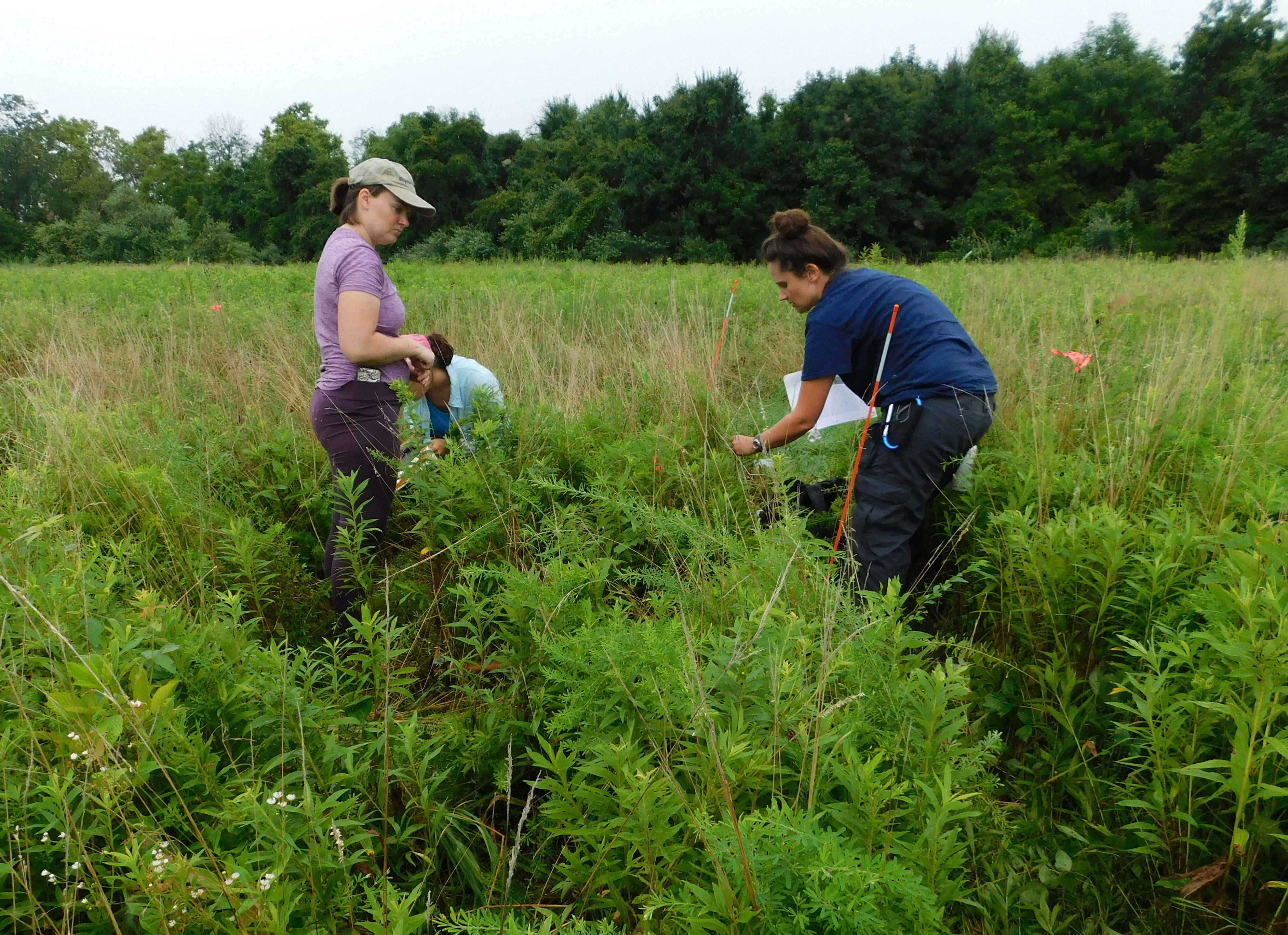Alumna Spotlight | Angela Moxley, Environmental Biology, M.S.'20

"The Environmental Biology Program at Hood College has helped me launch a pathway into a second career."
Angela Moxley, Environmental Biology, M.S.'20
Program
- Environmental Biology (M.S.)
- Geographic Information Systems (Certificate)
Department
- Biology
Angela Moxley is a recent graduate of Hood College's Environmental Biology M.S. program and sits on the board of the Audubon Society of Central Maryland.
Could you please share about your educational and professional background?
I received my undergraduate degree in Journalism from Duquesne University in Pittsburg, and started out as a news reporter and publications editor for a large nonprofit in DC.
That is when I first worked on environmental issues and found that work interesting and compelling. At a certain point I decided that I wanted to be the person who is doing the research and not the person who is writing about it. I started the Environmental Biology Program at Hood College, which has helped me launch a pathway into a second career.
You conducted a very ambitions independent research project - Plant Invasion And Biodiversity Patterns at a Maryland Preserve. Could you please share more?
I had a lot of ideas and spent quite some time deciding on the topic. In the end, I decided to do a research at the Fred Archibald Sanctuary, managed by the Audubon Society of Central Maryland.
In the near future there will be almost 2,700 homes surrounding the sanctuary on three sides and also a new road on the fourth side. I wanted to look at the plant community to get a baseline for what was happening with the invasive plants, as the managers of the sanctuary are already struggling with several different species that are overrunning the sanctuary.
This is affecting the value for the wildlife as a lot of native insects are depending on the native plants and cannot use nonnative plants in the same way. Once the homes go in, we predict that the invasive plants will be even worse.
This research is beneficial as it provides the baseline data to help the managers with focusing on the methods of controlling the invasive species (weed pulling etc.). It was a three-week, daily research and involved over dozen volunteers. Using the GIS software, I mapped which parts of the preserve had the most invasive species, most native species, and which species were the worse.
You mentioned you wanted to replicate this study in the summer. Where would you conduct this research?
Audubon Society of Central Maryland has a second preserve near Mt Airy, Audrey Carroll Sanctuary. Even though it is not under the threat of the residential development, the property is still struggling with invasive species and they can use the same data to help with their management strategy.
You are currently on board of ASCM. Could you please tell us more about this organization and your role there?
Audubon Society of Central Maryland (ASCM) was established in 1985 and their main function is to support these two wildlife preserves, but they also do other preservation projects within Frederick Howard and Carroll Counties.
We are an all-volunteer organization with limited funds, and not a lot of people have heard about us. Therefore, one part of my role is community outreach, getting more volunteers and funding to help us respond to what lies ahead when it comes to climate change and invasive species.
Do you have any advice for current Environmental Biology students at Hood?
My advice would be to dream big and not to underestimate yourself!
If there is an idea for a project that you have in mind, go for it. Don’t worry in the beginning about how you will get it done because you will figure it out as you go along. Don’t be afraid to take on something that is big and exciting.
Inspired by Angela's story & ready to #GOFURTHER in your studies and career? Learn more about Hood College graduate programs, including the Environmental Biology program, by clicking here.
Are you ready to say Hello?
Choose a Pathway
Information will vary based on program level. Select a path to find the information you're looking for!
